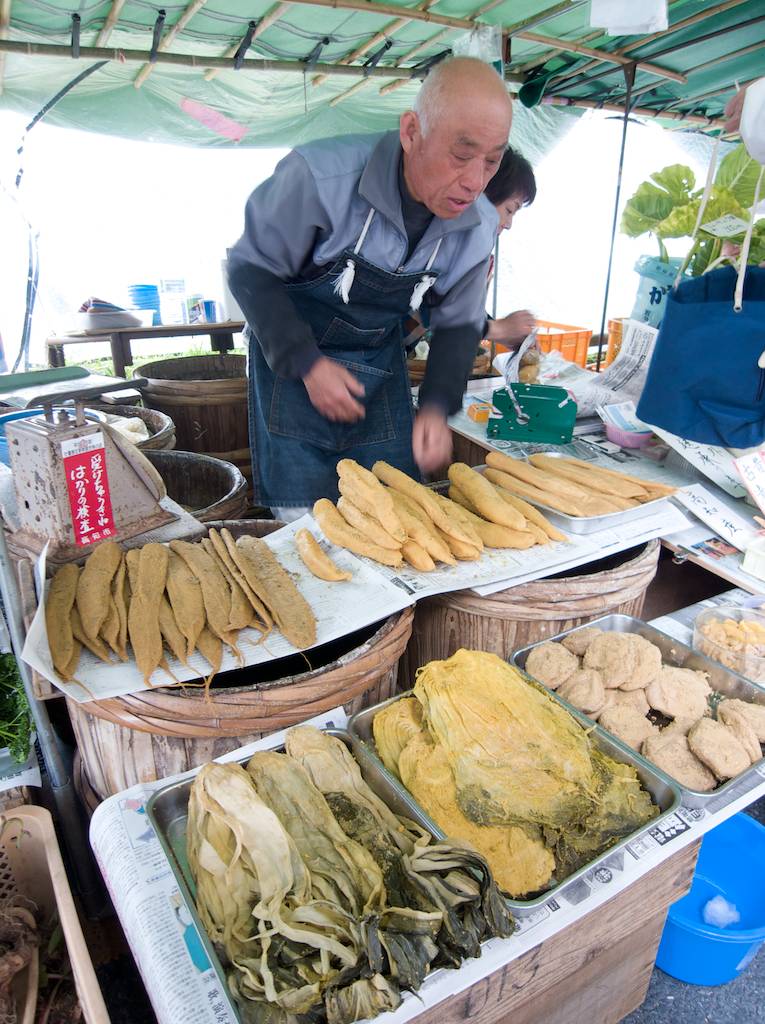Sunday Market in Kochi Japan
One of the oldest street markets in Japan, the Kochi Sunday Market started in 1690.
by Bob Kerstetter
Silence relaxes Kochi City this Sunday morning. Perhaps 9440 kilometers of blue water stretching east muffles the noise. This week you join three-quarters of a million Japanese living in Kochi Prefecture on Shikoku, the smallest of the four largest Japanese islands.
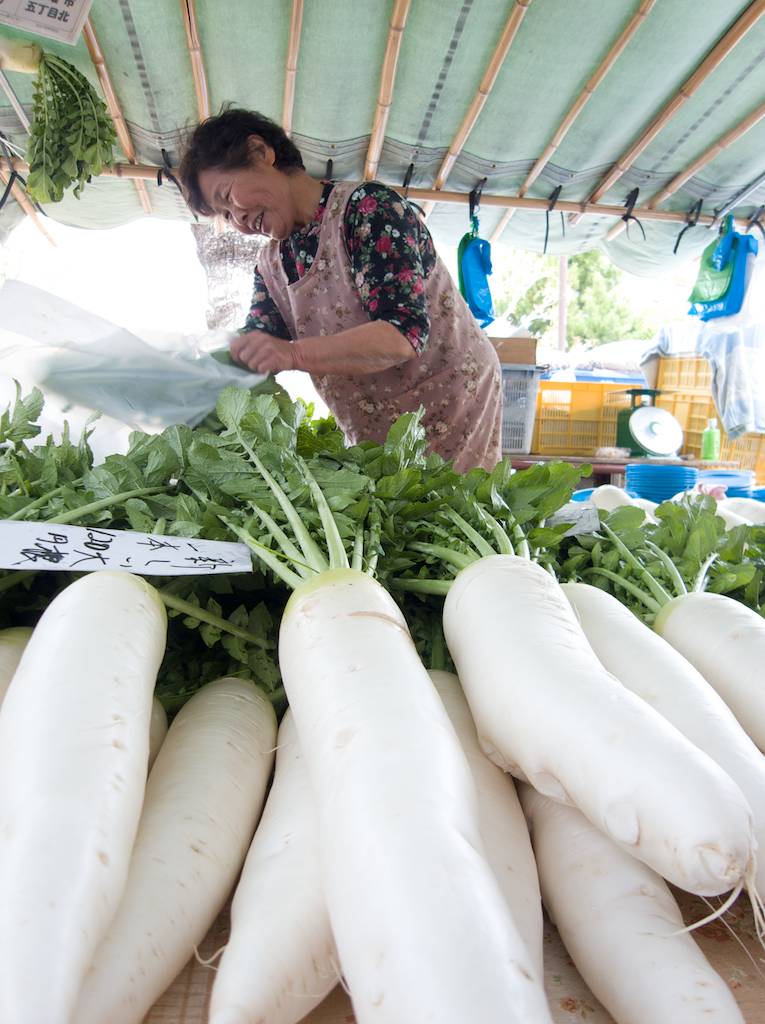
You rise and check the window for weather. Blue skies promise a cool April day. Skipping breakfast, you gobble a energy bar and gulp 454 grams of water—safe to drink from the tap in Japan. You dress, jump on the elevator and land in the lobby eight floors below. Twenty-six hours earlier, you awoke to slight rumbling in your ninth floor room when a 5.8 tremor rattled Awaji—an island 160 kilometers east and slightly north.
“いいおてんきですね。 (Nice weather, isn't it?),” says the front desk woman, referencing the clear crispness outside. “そうですね。 (Yes it is.),” you reply.
Your hotel opens into Obiyamachi, a covered pedestrian thoroughfare lined with department stores, specialty shops, restaurants and entertainment spots. Chilly air breezes in when the glass door automatically opens. To your right a passage exits rearward into a street containing a Boston Cafe—a complete surprise.
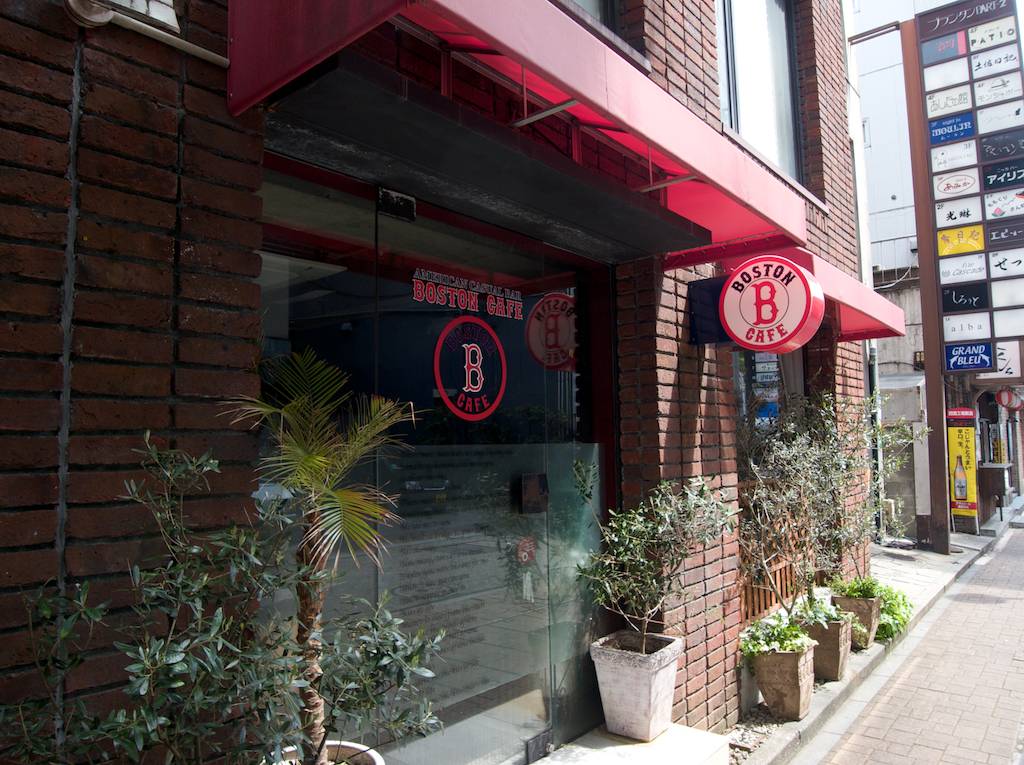
At the nearest intersection, turn north for a block and enter the Sunday Market located in the Otesuji section of this seaside city. The Kochi City website says the market operates every Sunday of the year—except New Year and Yosakoi Festival—continuing a tradition since 1690. A smaller version of the Sunday Market also goes forward on Tuesday through Friday in others parts of the city.
You join a thousand or so shoppers on a kilometer-long section of Otesuji Avenue—stopping to browse, sample, chat and purchase. More than 15,000 people visit the market on Sunday. While almost everyone else comes from Japan, you feel welcome.
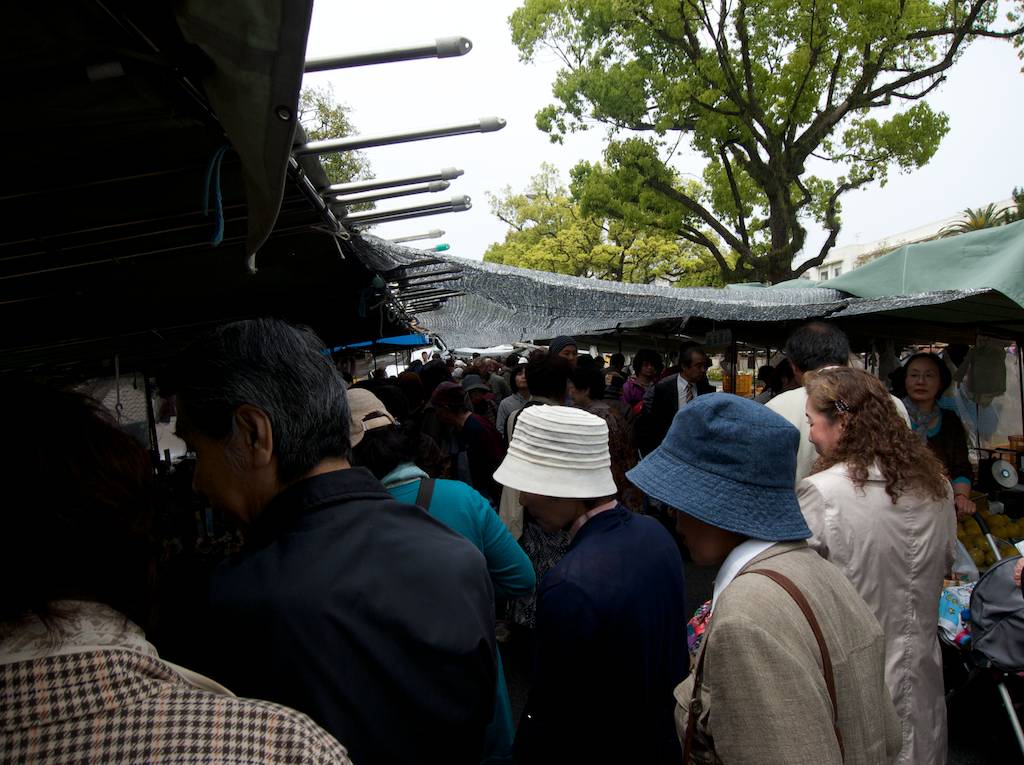
Several hundred portable vendors setup booths to sell vegetables, fruits, meat and fish. Larger shops maintain permanent locations open today and during the week. Together more than 500 sellers populate the street.
You eye food for cooking and smell edibles for immediate consumption. You buy some of the latter because of the pleasing aromas. Besides, no one wants to run all morning on an energy bar plus water. You try pickled ginger and buy two varieties of green tea. You taste some dried fish.
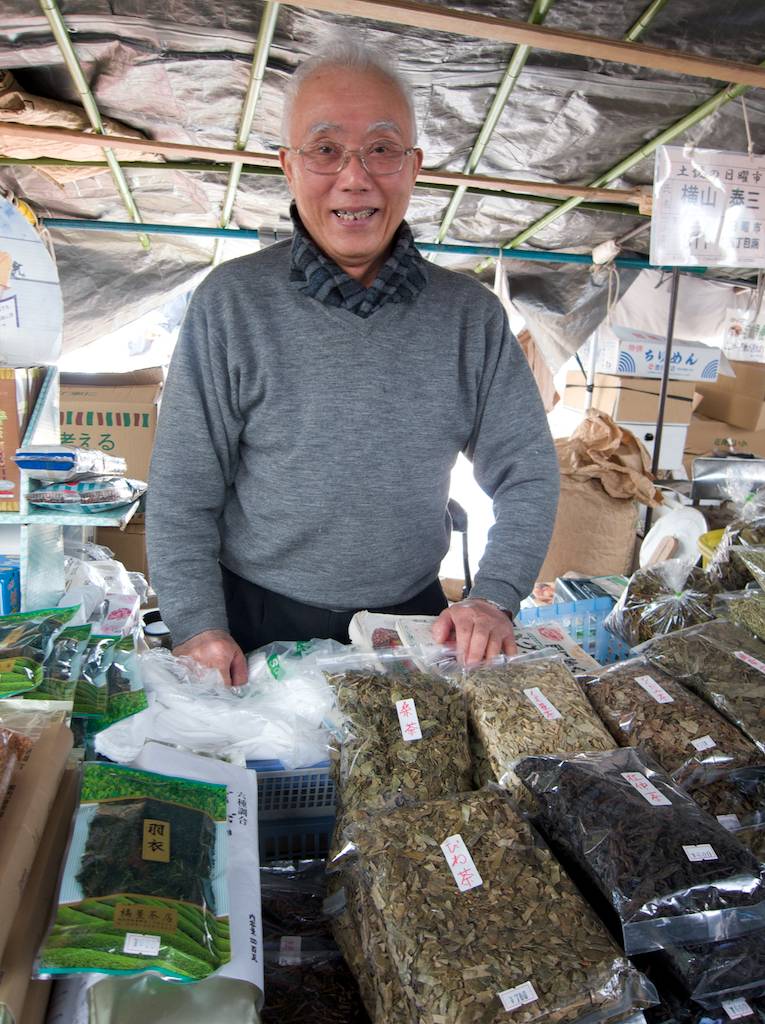
The size and quality of the produce grabs your attention. Large daikon—Japanese radishes—cover table tops. The radishes taste slightly spicy and help calm upset stomaches—or so some say. Huge bamboo shoots remind you of Japanese folk tales. Mammoth mushrooms beg to go home with you. Boxes of citrus present perfect sizes, shapes and colors. How do the Japanese do that?
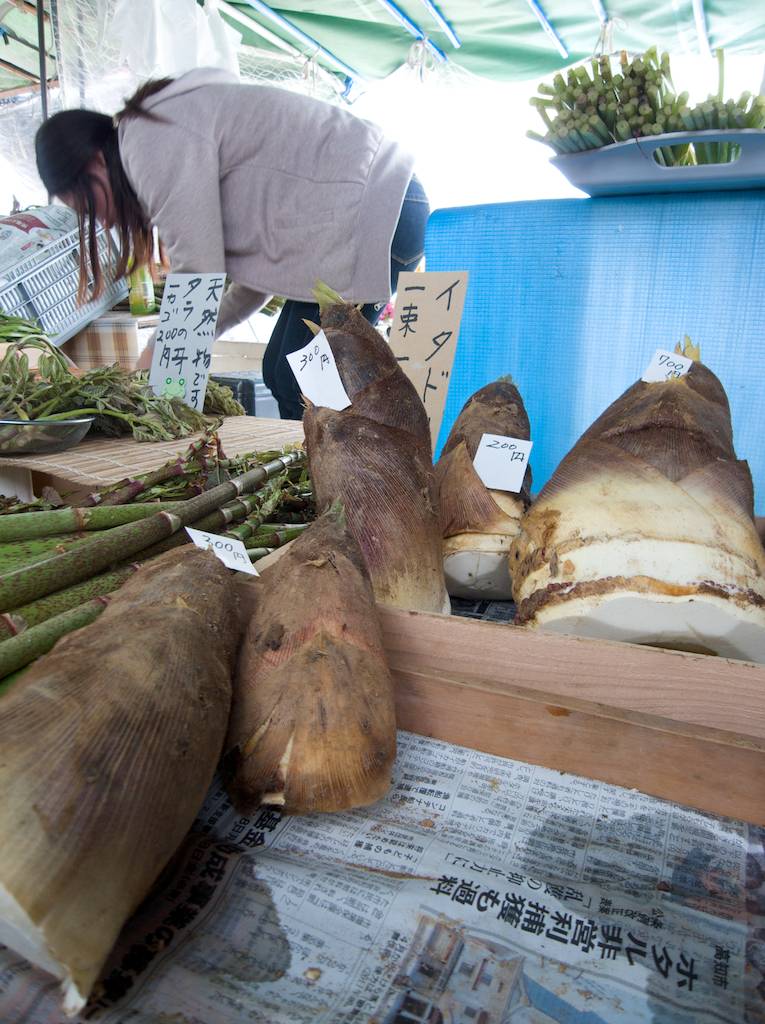
While not part of the market, the white building to the north stops your movement among the vendors. You slip to the edge of the crowd, then work your way out. You photograph the large structure topped with a clock-faced pagoda. It could house government offices or maybe a school. You suspect it may be 40 years old, or maybe 80. You later learn the history of the high school—Kochi Otemae High School—starts in 1874. The current building dates to 1931, with additions, renovations and seismic improvements added in later years.
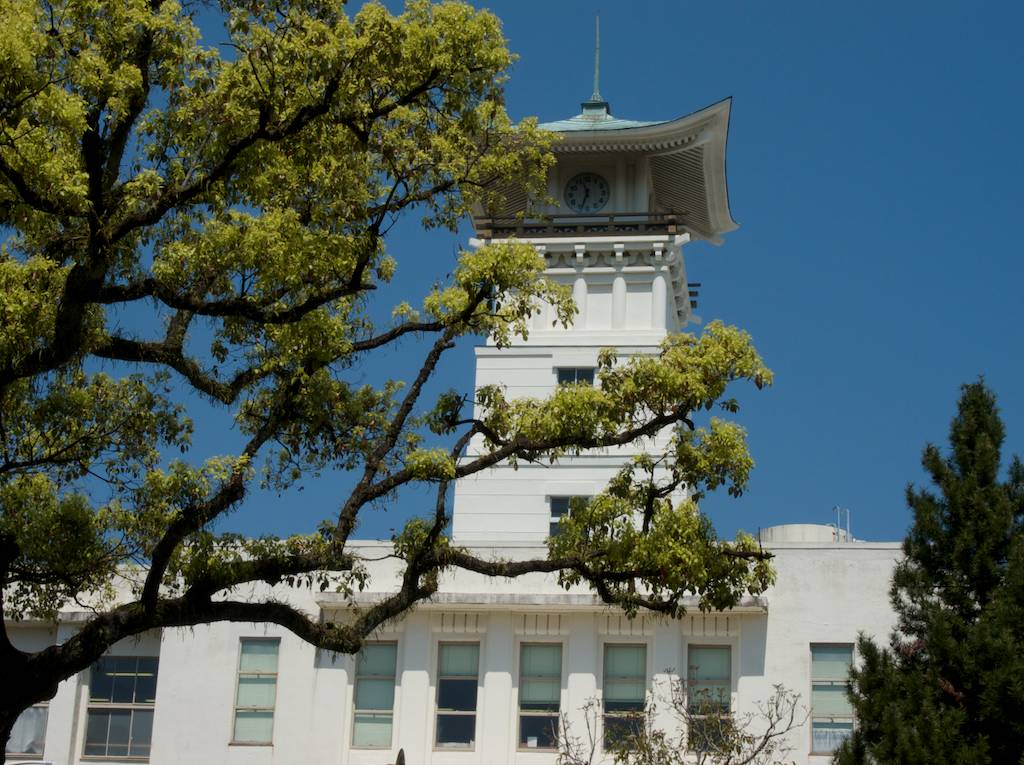
Back in the market, you find hardware vendors selling knives for cleaning and cooking. They feel perfectly balanced with scary sharp blades. Would U.S. Customs go nuts? You purchase some bonsai hasami—pruning shears—after receiving assurance of their Japanese manufacture. The vendor replies, "はいそうです。 (Yes, that is correct.)" after you ask "にほんせいですか。 (Are these Japanese made?)".
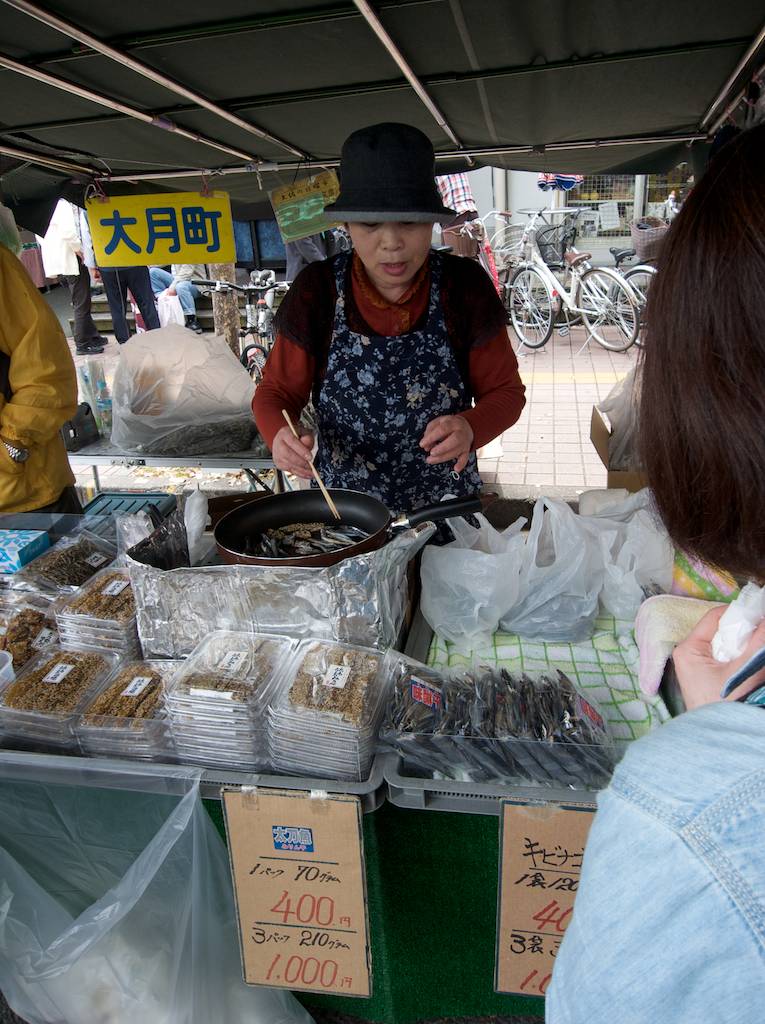
The quality of the goods—all of them—impress you. The prices—without regard to the exchange rate—make you feel good about small businesses in Japan. The exchange rate makes it better this month. The vendors you speak with kindly accept your basic language skills and the need for using hand language. All-in-all, you enjoy a good day hanging out with Japanese at their market.
At the end of the market road you see a park and Kochi Castle, plus Hirome Market, all reserved for other days.
